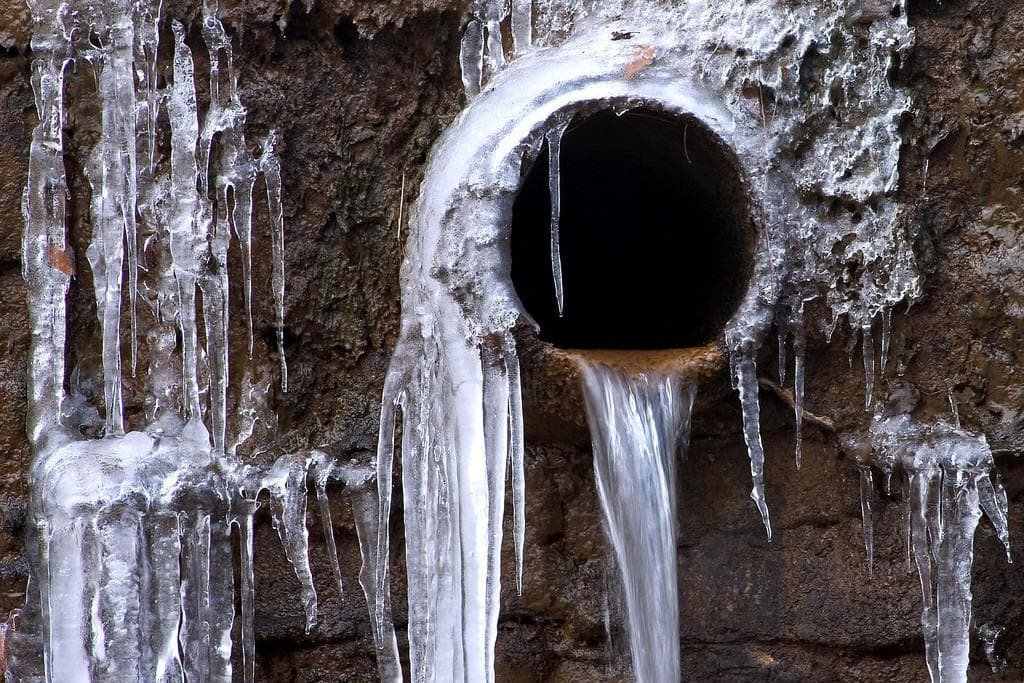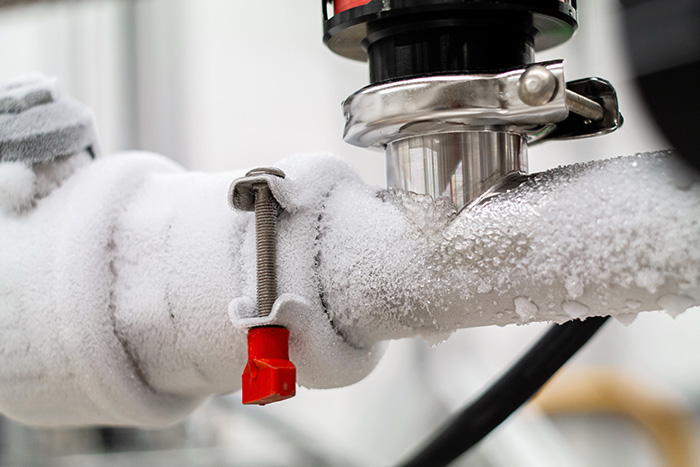Tips to Avoid Frozen Plumbing in Winter: Professional Tips
Tips to Avoid Frozen Plumbing in Winter: Professional Tips
Blog Article
Do you find yourself searching for details concerning Preventing and dealing with frozen pipes?

Cold weather can damage your pipes, particularly by freezing pipes. Here's exactly how to avoid it from happening and what to do if it does.
Introduction
As temperature levels drop, the risk of icy pipelines boosts, possibly leading to pricey repair services and water damage. Recognizing exactly how to prevent icy pipes is crucial for homeowners in cool climates.
Understanding Icy Pipes
What creates pipelines to ice up?
Pipes ice up when subjected to temperatures listed below 32 ° F (0 ° C) for extended durations. As water inside the pipelines ices up, it broadens, putting pressure on the pipe walls and possibly creating them to burst.
Dangers and damages
Frozen pipelines can cause water interruptions, home damages, and expensive fixings. Burst pipes can flood homes and cause comprehensive architectural damages.
Signs of Frozen Water Lines
Identifying frozen pipes early can avoid them from bursting.
Just how to identify frozen pipelines
Seek reduced water circulation from faucets, unusual odors or sounds from pipelines, and visible frost on revealed pipelines.
Prevention Tips
Protecting susceptible pipelines
Cover pipes in insulation sleeves or use heat tape to safeguard them from freezing temperature levels. Concentrate on pipelines in unheated or outside locations of the home.
Home heating techniques
Maintain indoor areas properly heated up, especially locations with pipes. Open up closet doors to enable warm air to circulate around pipes under sinks.
Shielding Exterior Plumbing
Yard hoses and outside taps
Disconnect and drain pipes garden hose pipes prior to winter months. Install frost-proof spigots or cover outdoor faucets with insulated caps.
What to Do If Your Pipes Freeze
Immediate actions to take
If you think frozen pipes, maintain faucets open to relieve pressure as the ice thaws. Use a hairdryer or towels soaked in warm water to thaw pipelines gradually.
Long-Term Solutions
Architectural changes
Take into consideration rerouting pipes far from exterior wall surfaces or unheated areas. Add extra insulation to attic rooms, cellars, and crawl spaces.
Updating insulation
Invest in high-grade insulation for pipes, attic rooms, and wall surfaces. Appropriate insulation assists keep consistent temperatures and reduces the danger of icy pipes.
Final thought
Avoiding frozen pipes requires proactive measures and quick responses. By understanding the causes, signs, and safety nets, homeowners can safeguard their plumbing throughout cold weather.
5 Ways to Prevent Frozen Pipes
Drain Outdoor Faucets and Disconnect Hoses
First, close the shut-off valve that controls the flow of water in the pipe to your outdoor faucet. Then, head outside to disconnect and drain your hose and open the outdoor faucet to allow the water to completely drain out of the line. Turn off the faucet when done. Finally, head back to the shut-off valve and drain the remaining water inside the pipe into a bucket or container. Additionally, if you have a home irrigation system, you should consider hiring an expert to clear the system of water each year.
Insulate Pipes
One of the best and most cost-effective methods for preventing frozen water pipes is to wrap your pipes with insulation. This is especially important for areas in your home that aren’t exposed to heat, such as an attic. We suggest using foam sleeves, which can typically be found at your local hardware store.
Keep Heat Running at 65
Your pipes are located inside your walls, and the temperature there is much colder than the rest of the house. To prevent your pipes from freezing, The Insurance Information Institute suggests that you keep your home heated to at least 65 degrees, even when traveling. You may want to invest in smart devices that can keep an eye on the temperature in your home while you’re away.
Leave Water Dripping
Moving water — even a small trickle — can prevent ice from forming inside your pipes. When freezing temps are imminent, start a drip of water from all faucets that serve exposed pipes. Leaving a few faucets running will also help relieve pressure inside the pipes and help prevent a rupture if the water inside freezes.
Open Cupboard Doors
Warm your kitchen and bathroom pipes by opening cupboards and vanities. You should also leave your interior doors ajar to help warm air circulate evenly throughout your home.

As an enthusiastic person who reads about How to prepare your home plumbing for winter weather, I imagined sharing that piece of content was really helpful. Sharing is nice. Helping people is fun. I am grateful for your time. Come back soon.
Get Offer Report this page